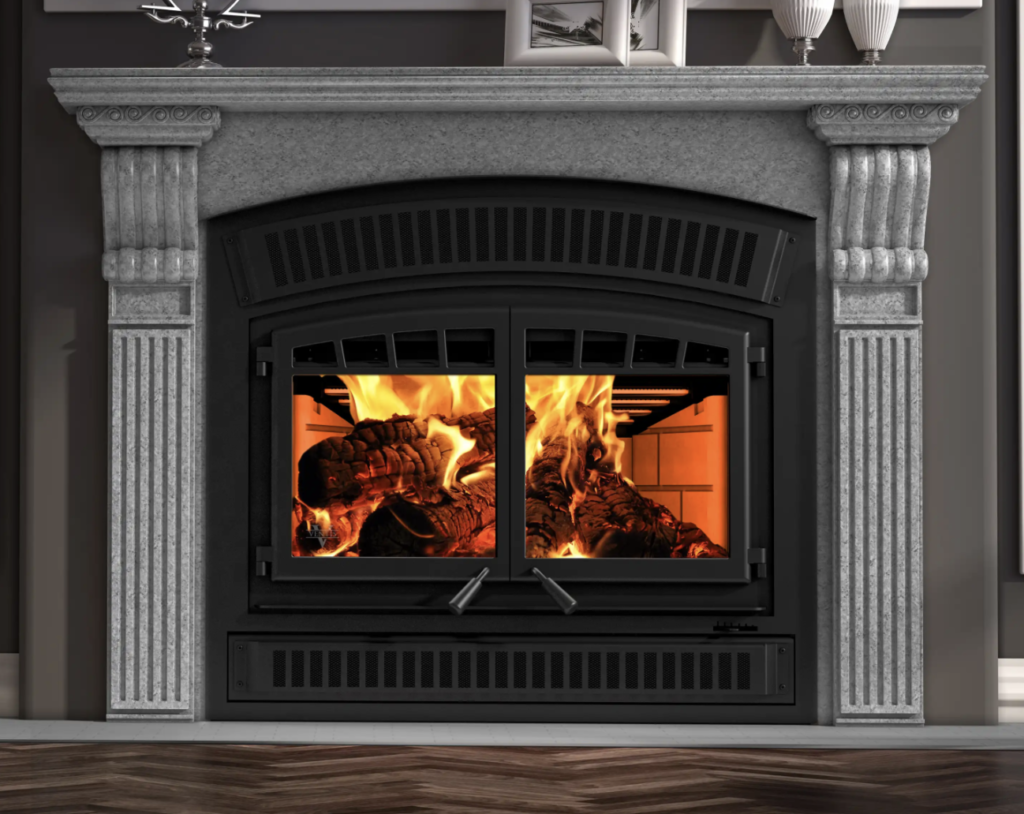Why Wood Fireplaces Are Still a Good Option for Your Home – Part 3: Cost-Effective Heating

In addition to its aesthetic appeal, a wood fireplace can also be a cost-effective way to heat your home. While the upfront cost of installing wood fireplaces may be higher than other heating options, the long-term savings can be significant.
Wood is a renewable resource that is often cheaper than other heating fuels like natural gas or electricity. In many cases, homeowners can save hundreds of dollars each year by using a wood fireplace instead of a gas furnace or electric heater.
In addition, wood fireplaces can also provide heat during power outages, making them a reliable source of warmth when other heating systems fail. This can be especially important for those living in areas prone to severe weather or frequent power outages.
However, it’s important to note that using a wood fireplace as your primary heat source requires a bit of work and preparation. You’ll need to have a steady supply of firewood, and you’ll need to properly season and store it to ensure it burns efficiently.
You’ll also need to regularly clean your chimney to prevent buildup of creosote, a flammable substance that can cause chimney fires. This maintenance can be time-consuming and may require the services of a professional chimney sweep.
Despite these considerations, many homeowners find that the cost savings and reliability of a wood fireplace make it a worthwhile investment. In the next section, we’ll explore the health and environmental benefits of using a wood fireplace for heating.
